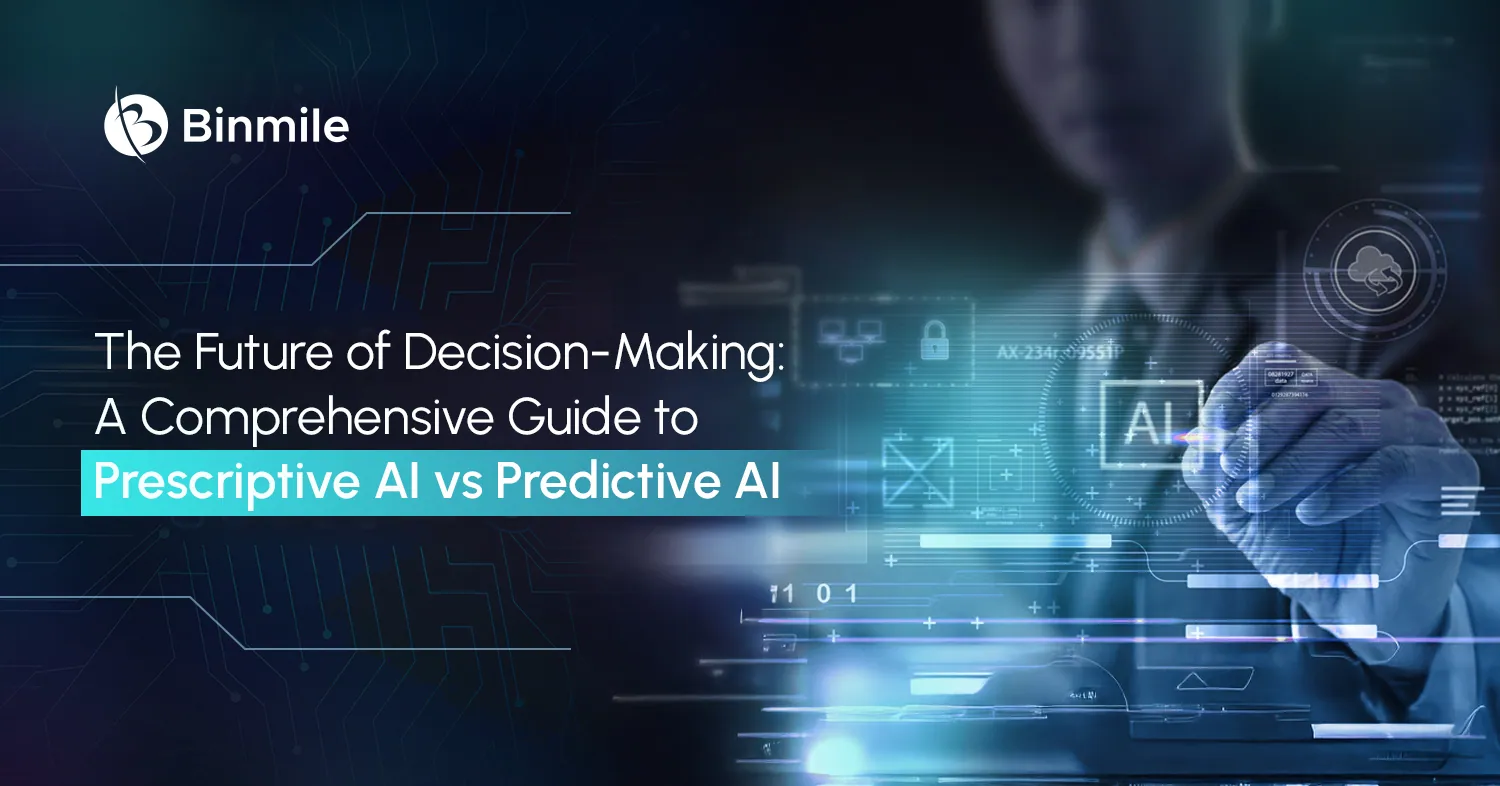The word digital transformation means a change for improving services and products along with functioning existing systems employing technology. Like other industries, the retail sector is moving fast with mobile apps, big data analytics, and geo-based services, riding on the shoulders of digital transformation. Retailers also adapt and evolve with the customer journey evolvement. For creating innovative and new business models for personalized shopping, retailers go beyond concentrating on a single technology. Read here about the main pillars of digital transformation in the retail industry and the importance of mobile apps for customers and retailers.
The Scenario of Digital Transformation in the Retail Industry
A proper business transformation cycle relies on meaningful insights and actionable outcomes coming from data. Look at some ways digital transformation marks in the retail sector:
- Retailers ensure omnichannel shopping
- Retailers confirm delivery options for customers
- Customers can access retail stores from anywhere via mobile devices
- Social media is a unique source of advertisement
- Cutting edge technologies will improve the customer shopping experience with Generative AI
- Retailers use data analytics to make business decisions
- Machine learning will make things easy for both buyers and sellers
According to a global survey on in-store and e-commerce retail sales conducted by Statista in 2020, the brick-and-mortar retail or in-store channel worldwide produced 18.5 trillion U.S. dollars in sales. In 2020, total retail sales at the global level amounted to about 22.5 trillion U.S. dollars that year. Check here the estimated value of e-commerce retail sales from 2020 to 2024.
- 2020 – 18.5% (physical store) and 4% (eCommerce)
- 2021 – 19.24% (physical store) and 4.52% (eCommerce)
- 2022 – 20.1% (physical store) and 5.11% (eCommerce)
- 2023 – 20.81% (physical store) and 5.77% (eCommerce)
- 2024 – 21.4% (physical store) and 6.5% (eCommerce)
Pillars and Drivers of Digital Transformation
Improved operations, convenience, better communication, enhanced customer experience, and increased income channels are some of the prime reasons why digital transformation is penetrating fast in the retail industry. Post-COVID scenario, transparency need in the supply chain, successful digital presence, and higher brand expectations are the factors why digital retail transformation is more relevant.
Retailers can bring desired results with a well-thought strategy. Before you move ahead, check the main pillars of digital transformation that matter the most.
- Customer engagement for a satisfied customer base
- Employee empowerment with insight into customer demographics and behavior
- Optimize operations by implementing an ERP system
- Re-imagine your products and services through predictive analytics to achieve the greatest ROI
Key Drivers of Digital Transformation in Retail
- The evolving expectations digital shoppers
- Improving in-store experiences of customers
- Ending the gap between digital and physical shopping channels
- Immersive experiences in virtual reality (VR) and augmented reality (AR)
- Challenges on supply chain levels
- Speed, time, and a transparent view
- Competition and new digital possibilities
- Need to control costs and simplify supply chain
- Data-driven optimization and marketing
- Empowering with new technologies and emerging trends
- The uncertainties brought upon by the COVID-19 pandemic
Mobile Apps and The Retail Industry
In the last decade, smartphones have been an excellent resource for searching, buying, and understanding online products and services. In addition, the growing demand for mobile apps for retailing has also changed the picture of online buying and selling. A sharp increase in the adoption of smartphones by the majority of the population indicates that mobile apps are the future of the commercial world.
Note that about 84 percent of physical store shoppers also use smartphones to have data and information about commercial products and compare prices. Indeed, mobile app development is also a pivotal part of boosting customer engagement. Moreover, app development offers multiple options for enriching shopping experiences for customers of all sizes and types.
After games and personalized activities, shopping via mobile apps has shown the highest growth index score with 10.1 ratings. It means shopping remains far ahead of travel, health, booking, and social media activities exercised by mobile apps. Look at the following aspects showing why mobile apps are ready to bring a significant change to the retail industry, riding high on the back of digital transformation.
- Enhance productivity in an unprecedented way
- Hassle-free and fast delivery at doorsteps
- Checking product quality with reviews and ratings
- Boosting sales with beaconing technologies
- Simplified and reliable mobile payments
- Personalized shopping experience within minutes
Also Read: Google Cloud Vision API for eCommerce Product Discovery
Summing Up
Mobile apps for retailing help you connect with online customers by letting them check on products, make buying decisions, read reviews, and do other things. Mobile apps are vital for ending the gap between customers and products and services offered by online retailers. If customers face any issues, they can get in touch with the support team via apps. Don’t forget that top app development companies know how to make a performing retail app for Android and iOS mobile platforms.
Customized mobile apps are also helpful for retailers too, and they can add new features and enhance their services to satiate their online and physical clients. Therefore, faster digital adoption can solve the problem of enhanced customer experience.




